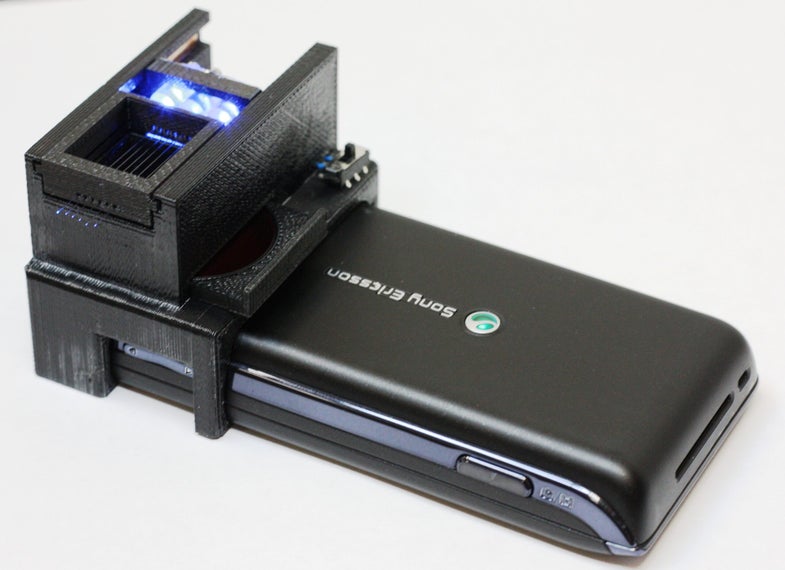Scan Your Food For Bacteria With Your Cell Phone
We may earn revenue from the products available on this page and participate in affiliate programs. Learn more › Have...

We may earn revenue from the products available on this page and participate in affiliate programs. Learn more ›
Have you ever been tempted to order steak tartare but decided against it for fear of getting sick? This little cell phone scanner can take a look at it for you and let you know if it does in fact harbor any E. coli bacteria.
It attaches to a typical cell phone camera and uses fluorescence imaging to detect the bacteria. Engineers at UCLA combined quantum dots, a type of tiny semiconductor, with capillaries containing antibodies. When the capillaries contain an E. coli sample, they emit light.
The cell phone attachment thereby works like a fluorescent microscope, illuminating the presence of the nasty bacteria. It’s another example of how cell phones can serve as a platform for a multitude of other sensors — CellScope, a previous PopSci Best of What’s New winner, takes microscope images and can send them to distant labs for analysis.
It’s not clear whether this UCLA scanner will ever reach the market, but it shows the potential of a portable, cheap detector for one of the worst food and water contaminants out there.